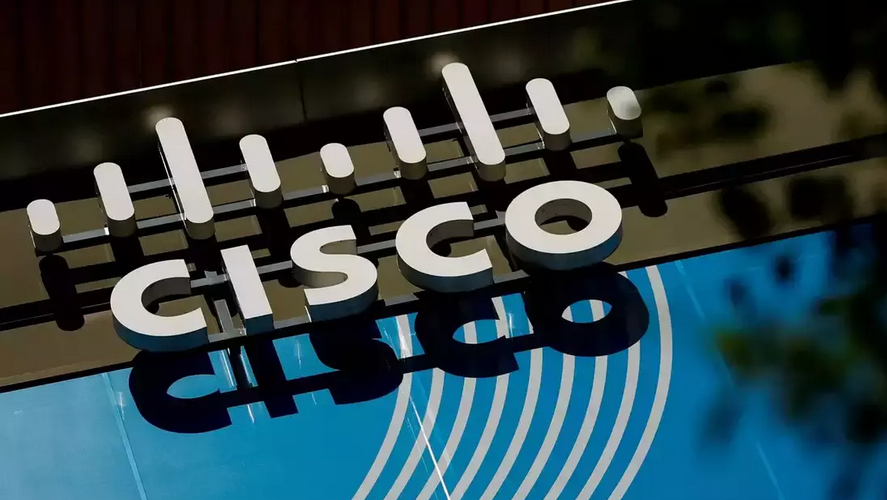RFC 1349 redefined bits 3 and 6 (expanding for ToS bits) to reflect a desired type of service optimization. Table 1-5 shows the ToS field …
IPv4 Header 3 – Internet Protocol Version 4 (IPv4) Design


RFC 1349 redefined bits 3 and 6 (expanding for ToS bits) to reflect a desired type of service optimization. Table 1-5 shows the ToS field …

IPv4 addresses can be classified as one of three types: A unicast address represents a single interface of a host (PC, router, or server). It …

Given an address and a mask, you can determine the classful network, the subnetwork, and the subnetwork’s broadcast number. You do so with a logical …

You should reserve separate subnets for LANs using IP phones. IP phones are normally placed in a VLAN that is in a logical segment separate …

Use public IPv4 addresses on external-facing devices that require connectivity to the Internet and external organizations. Examples include the following: The following are some public/private …

Dynamic Host Configuration Protocol (DHCP) provides a way to dynamically configure hosts on a network. Based on BOOTP, it is defined in RFC 2131 and …

When an IP host needs to send an IP packet over an Ethernet network, it needs to find out what 48-bit MAC physical address to …

To prepare for the ENSLD 300-420 exam, you should become very familiar with IPv6 specifications, addressing, and design. The driving motivation for the adoption of …

RFC 4291 (which obsoletes RFC 3513 and RFC 2373) specifies the IPv6 addressing architecture. IPv6 addresses are 128 bits in length. For display, the IPv6 …

IPv6 prefixes are represented much as in IPv4, with the following format: IPv6-address/prefix The IPv6-address portion is a valid IPv6 address. The prefix portion is …